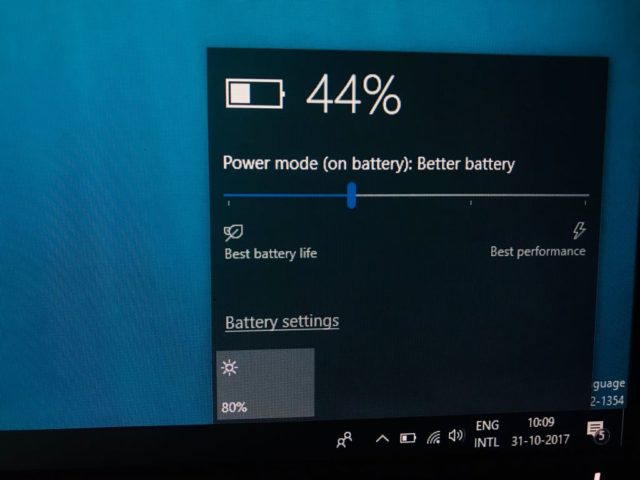

IPhones use Lithium-ion batteries because, Apple states, they “charge faster, last longer, and have a higher power density for more battery life in a lighter package”. Hopefully now that we know a bit more about battery health we can preserve it more effectively.This made a lot of sense when batteries took a long time to get up to full charge, as the eight hours in bed gave both the user and device time to recover from the previous day’s exertions.īut now, as the period it takes to charge a battery has dramatically reduced, it’s time to reconsider how you top up the tank. Of course, even if that’s true there is no payback from the cost savings - it would probably take 56 months to make up the cost of the new phones from cheaper plans even if we ignore the present value of the 11 Pro Max - but there should be a definite quality-of-life improvement over those rickety old phones. If I’m reading it right, I should save about $45/month switching to T-Mobile from AT&T. I want some carrier flexibility, and I’m frankly a bit sick of 7 generation phones and their flakey batteries. My daughter’s getting a 12 128GB, and I’m ordering a 12 Pro Max when they become available. My wife will be replacing her iPhone 7 which has something like 80% battery health with my 11 Pro Max, but she’s always running around with the 7 connected to a battery brick - I gave my daughter and wife battery bricks last Christmas. My practice is to charge it when it’s below 50% and disconnect it when it reaches at least 80%.

That’s my understanding … though I’ve never measured anything. Is that another way of asking if charging from 70% to 100% generates more heat than charging from 50% to 80%? Is it better to charge to 80% and drain to 50% repeatedly than it is to charge to 100% and drain to 70% repeatedly? Certainly it’s much easier to charge to 100% than to 80% would it be worth the effort to avoid charging to 100%?

This is one of the reasons why I think that using fast chargers really doesn’t have a major effect on long-term battery health compared with slower charging. I should also note that fast charging with faster than a 1 or 2 watt charger will fast charge only to a certain percentage (I’m not sure what the real amount is, but it could be 80%, it could be lower) and then the phone slows the charge to a lower wattage - again, to put less stress on the battery. The last 10 to 20 percent of a charge are what stresses a battery most, and holding at 80 with a trickle charge rather than trickling at a a full charge should stress the battery less long-term. If you look at the battery graph when you wake you will see this. When it is working, it will do a normal charge to 80%, hold it until an hour or two before it thinks you normally wake, and then complete the rest of the charge. With optimized battery charging, the phone uses machine learning to understand when you most often wake up in the morning.


 0 kommentar(er)
0 kommentar(er)
